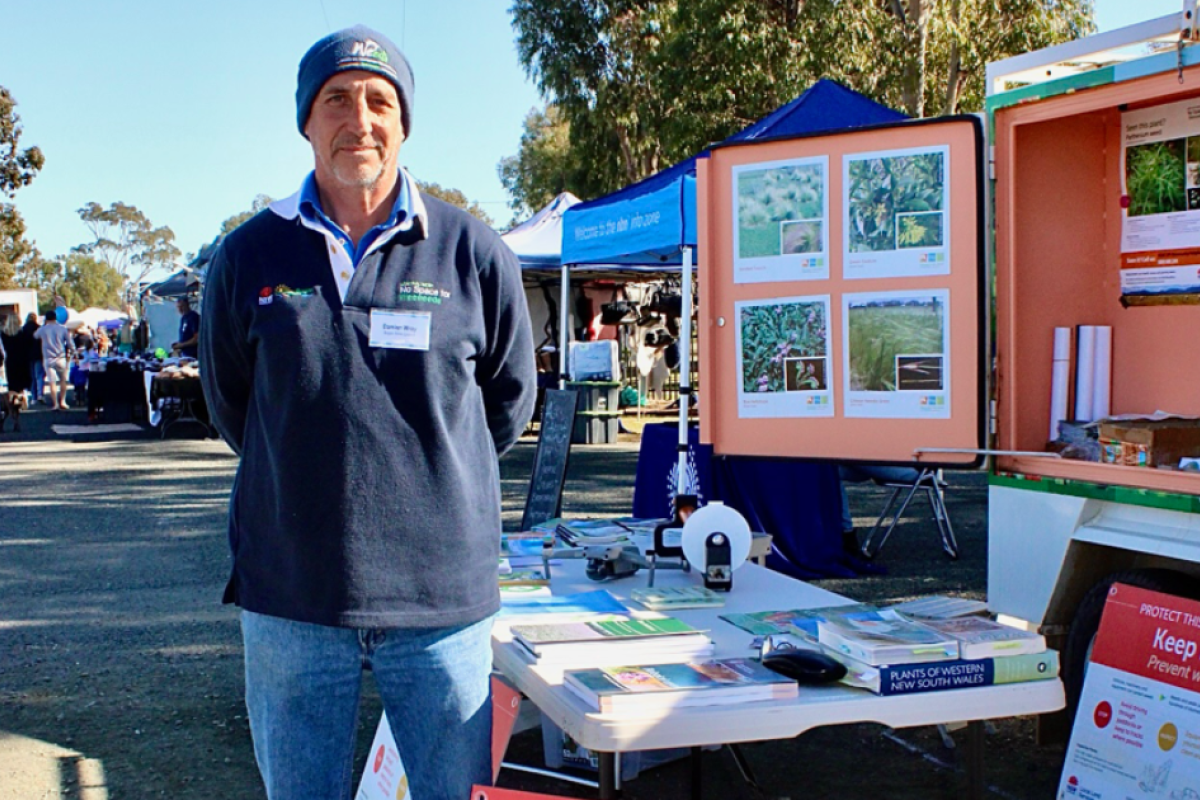General News
16 June, 2025
Council to educate community on Prickly Pear
A cactus plant thought to have been introduced to Australia by Governor Phillip in 1788 to provide food for the insects which made the red dye needed for his officers’ military uniforms is increasingly becoming a nuisance to landholders in the Bogan shire.

Prickly Pear, in its various forms, is reportedly spreading around the outskirts the towns and villages and onto some rural properties where it has the potential to cause problems for livestock, and devalue land.
Hermidale landholders Greg and Kylie Currans have contacted both Bogan Shire Council and Local Lands Services to ask for action to be taken before the weed spreads further.
“There is pear around the Hermidale township which I reported years ago to both BSC and LLS, as it is a priority weed and is spreading rapidly,” Mr Currans said.
“It was isolated to the township area but has now spread to the route and along the railway line to the west, the tip to the south, and has even been found on two of our neighbouring properties, with 20 odd plants in one group located to the eastern side.”
The Currans also noted outbreaks at Miandetta, Girilambone and Nyngan.
“There are established plants behind the truck stop on the Barrier Highway just before the Mitchell Highway intersection, multiple plants on the Tottenham Road just south of Nyngan that are spreading rapidly and invading public land.”
In Central West NSW, Prickly Pear has been classified as a “state priority weed” - to be managed to protect assets.
Bogan Shire Council has a dedicated biosecurity and weeds officer who adheres to a Weed Action Plan developed at a regional level on behalf of the NSW government. BSC director of development and environmental services Cathy Black reported to the May council meeting on Prickly Pear and outlined council’s responsibilities.
She said council had a role to oversee weeds management within its boundaries. This included educating and supporting the occupiers of land on their responsibilities to contain and eradicate invasive species.
Mrs Black said council did not have the resources to contain and eradicate all outbreaks of Prickly Pear itself.
“Under the Biosecurity Act 2015, there is a general obligation for people, especially those that deal with plants through commercial, professional, volunteer, recreational or lifestyle activities to be aware of their surroundings and take action to prevent the introduction and spread of weeds.”
“Effective mitigation and control of Prickly Pear will require a coordinated effort from all landholders and land managers in the LGA, as Council does not have the resources to address this issue alone,” she said.
The first recorded introduction of prickly pear was attributed to Governor Phillip at Port Jackson in 1788 to create a cochineal industry for the new colony.
The cochineal bug was used to make the red dye for British soldiers’ uniforms and they loved to feed on Prickly Pear.
The cochineal bug is now widely used as a biocontrol agent including in the Bogan Shire, for various species of Prickly Pear.
Councillors at the May meeting resolved BSC run a public education campaign to help the community to identify, map, and contain outbreaks of Prickly Pear.
Read More: Nyngan